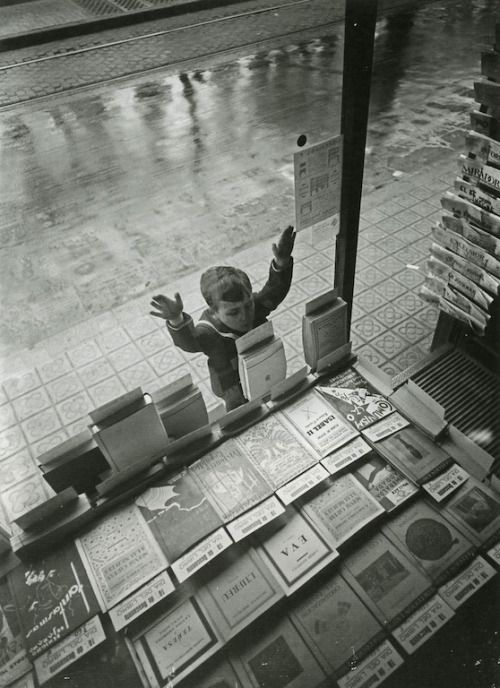
I cannot resist a beautiful old copy of a classic children’s story, and I’ve collected tales that my daughters can grow into for years. Of course, there is the element of cozy nostalgia, delicious memories of listening to the hum of my own mom or dad’s voices right before bed; but I love what these old collections immediately open up for my children as well.
For example, we have officially finished P.L. Traver’s entire Mary Poppins series, and there were all sorts of interesting conversations to be had, centered around English culture, a different time period, and unfamiliar vocabulary. It is amazing to see that mental and cultural expansion applied—the girls more easily understood Barrie’s Peter Pan, and were prepared for even deeper conversations as we began The Secret Garden. Last year, when we visited London for several nights, they pointed out Big Ben and the River Thames, able to name them from our story times. Naturally, some of the ideas are beyond their current level of understanding; but it is at least an introduction to something new and different.
Similarly, Ashley mentioned to me that, before their family’s trip to Sweden, she was excited to read Pippi Longstocking to her children, just to be in touch with the culture they would be visiting. As she discussed this with others, someone recommended that she also look into the Alfie Atkins books, stories that most children growing up in Sweden would have been very familiar with.
That sparked the question: What other books are specific to certain cultures? Would it be Peter Pan, or Mary Poppins for children growing up in England?

In Denmark, there are statues dedicated to Hans Christian Andersen for his fairy tales, ones that Danish youth would have known well.
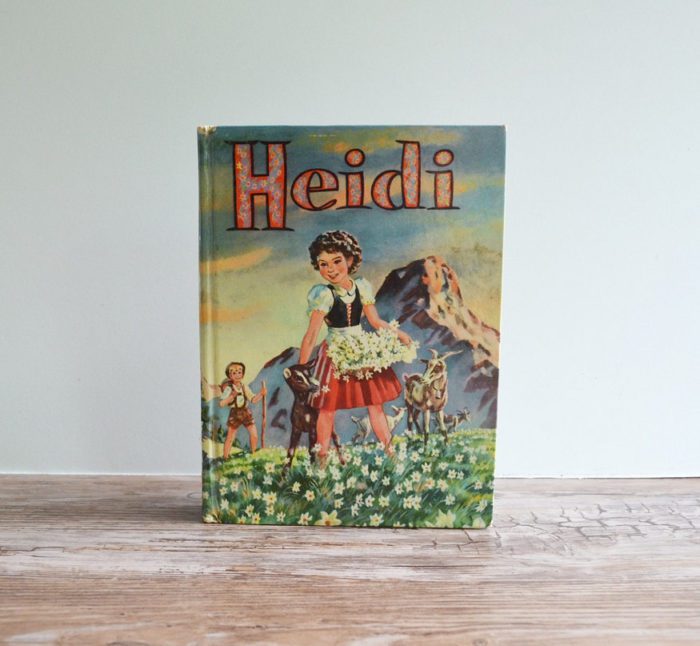
Of course, Heidi is set against the beautiful Alps of Switzerland and written by Swiss author Johanna Spyri.
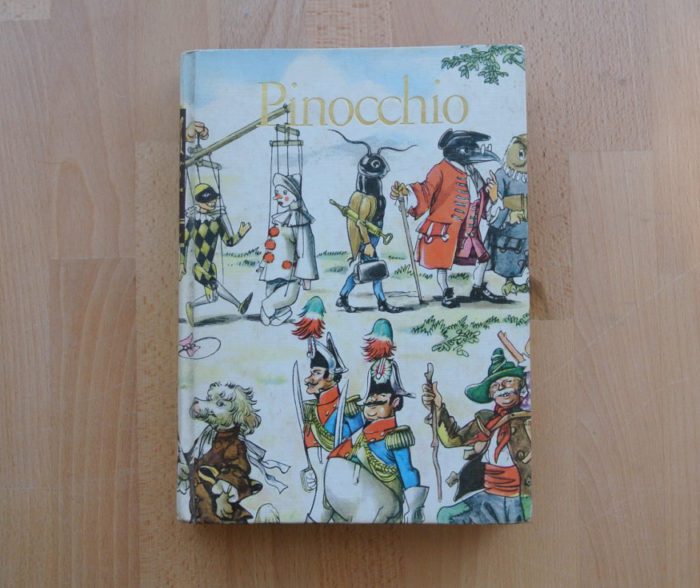
And though we all love the little wooden puppet who became a real boy, Pinocchio was born in Italy. Do Italian children grow up loving that tale well?
As my research took me into West Africa, I was reminded of the Anansi spider stories—fables that I remember reading during world studies, meant to showcase culture, but also teach important lessons of character. These stories were passed down in oral tradition for a long time, and are considered some of the most important folklore of both West Africa and Caribbean cultures. It made me think about general folklore, how storytelling has been such an important part of culture long before Disney started creating mass market versions of children’s stories.
Children’s stories have long been a vehicle to share a lot about a particular culture, and I like how the World of Tales website breaks down different lore into regions of the world. It is how we, humanity, have shared who we are, where we come from, and who we hope to become.
Which really ups the ante when it comes to understanding popular stories for different cultures! I wonder what those stories might be for children growing up in the United States? And what other stories are deeply rooted in various cultures around the world?
What did you grow up reading? What stories do you associate with different countries?
Thank you for digging into this, Sarah! I started wondering about this after seeing Pinocchio all over Italy, and then Pippi in the shops of Stockholm. So fascinating! I hope readers will weigh in with more.
P.S. The best books for preschoolers. And seeking characters of color.
[Lead image via Little Dallila’s Bookshelf]




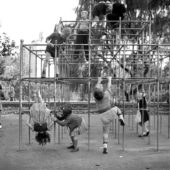












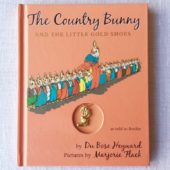


















19 Comments